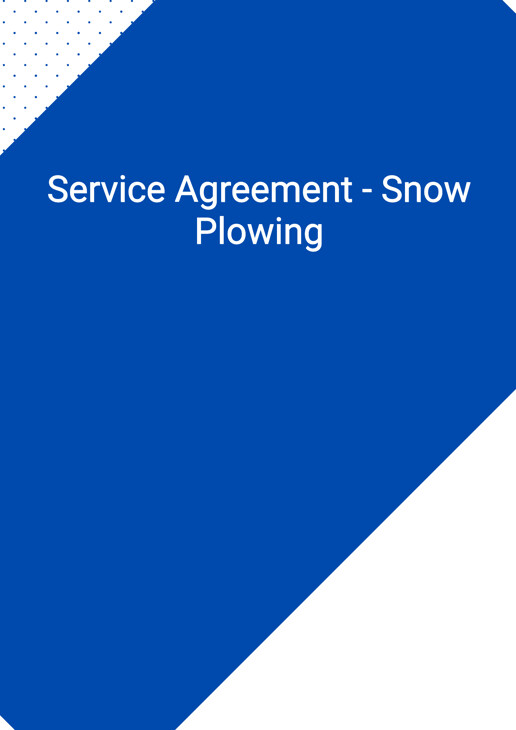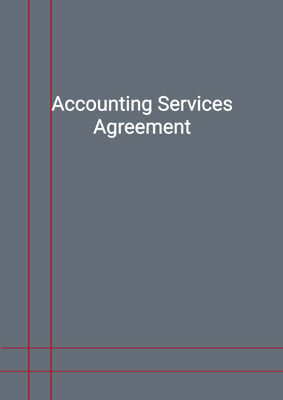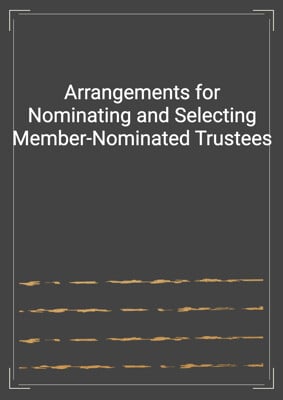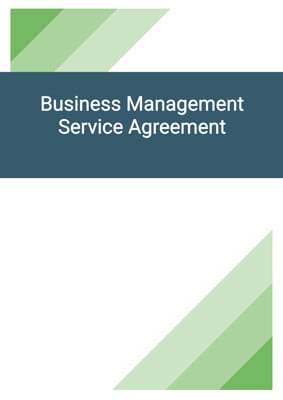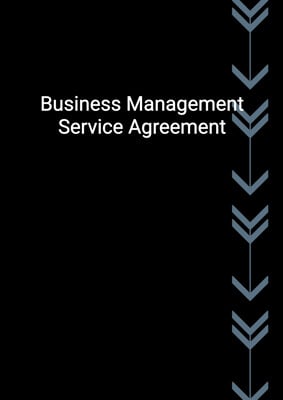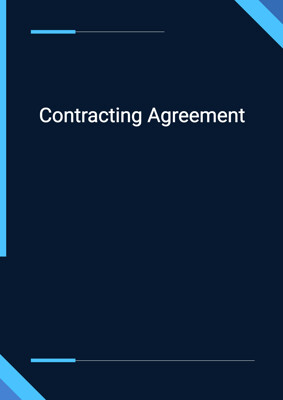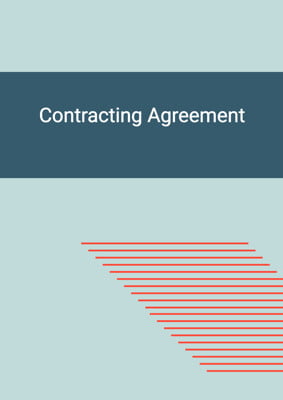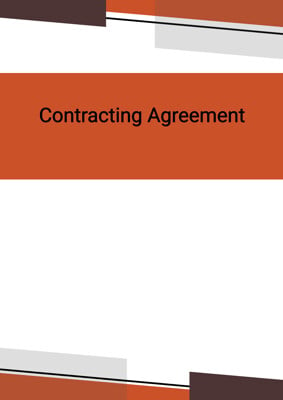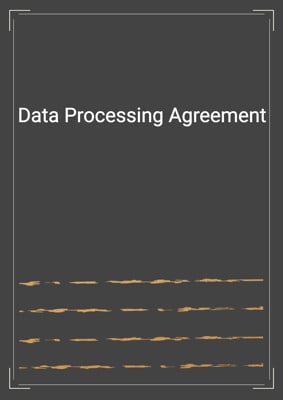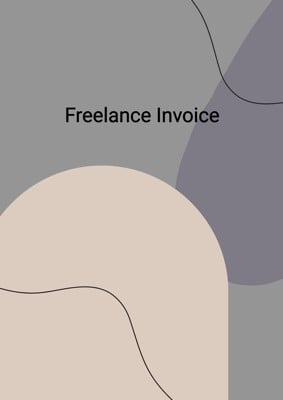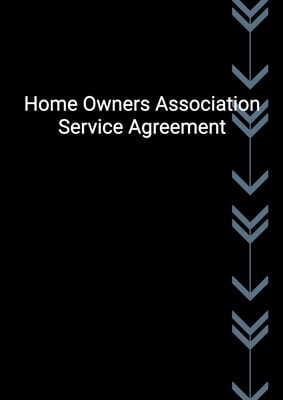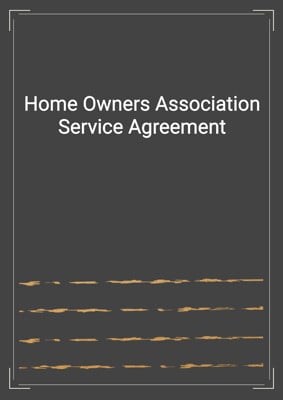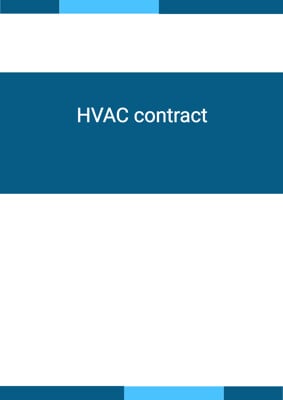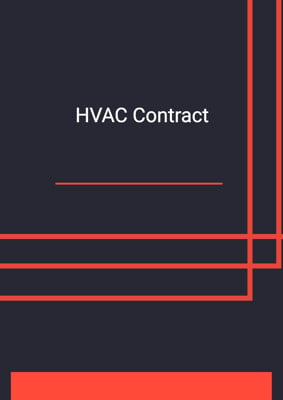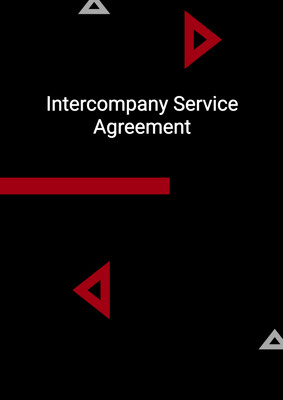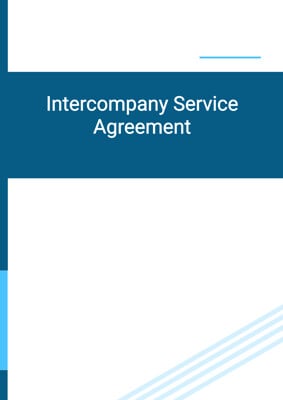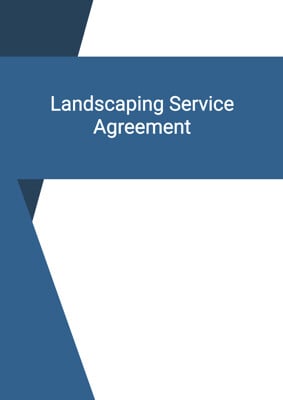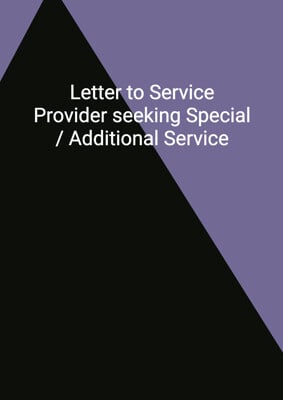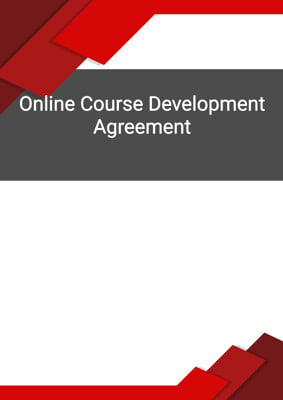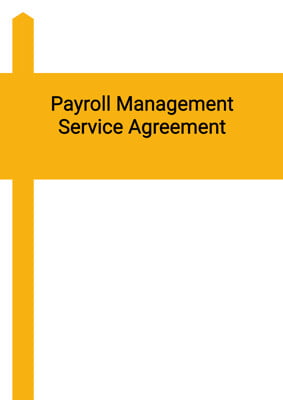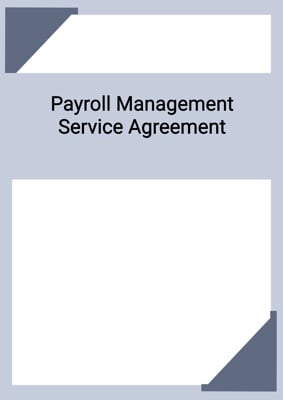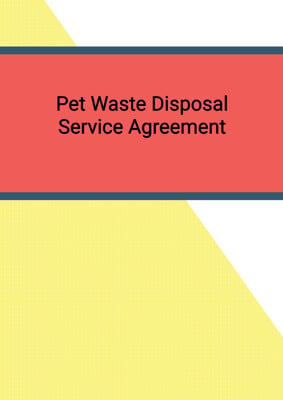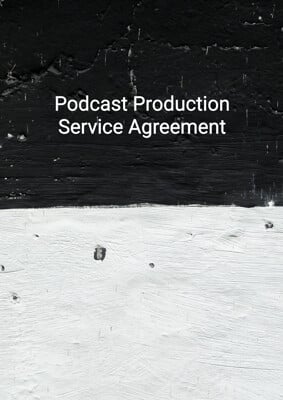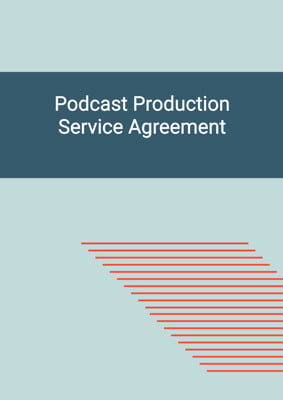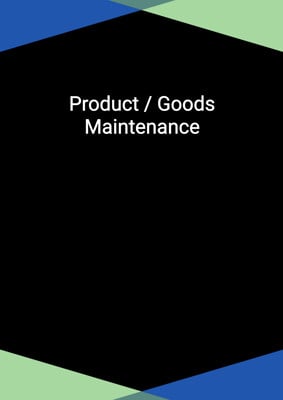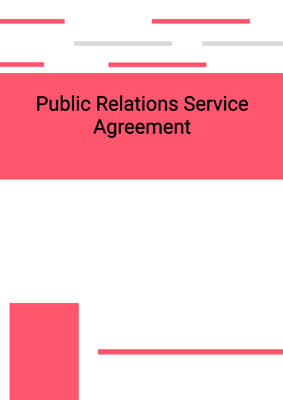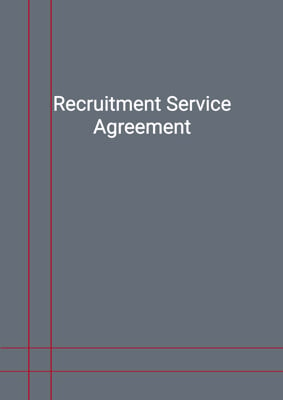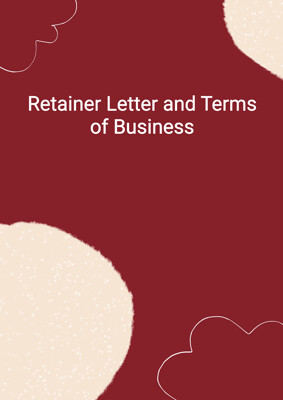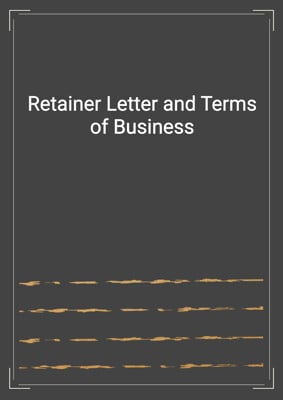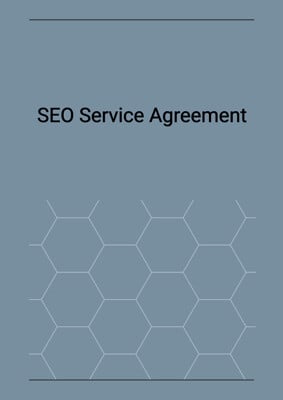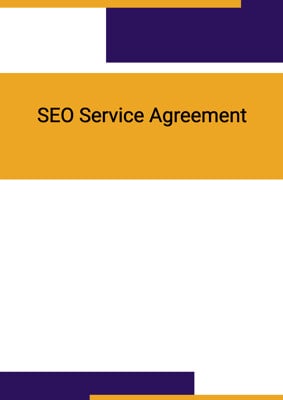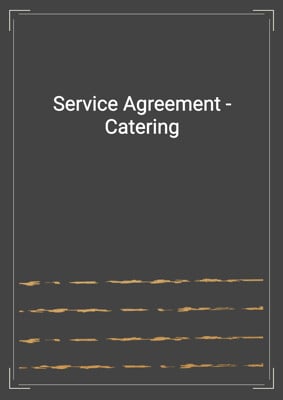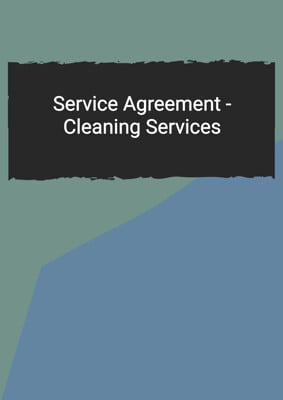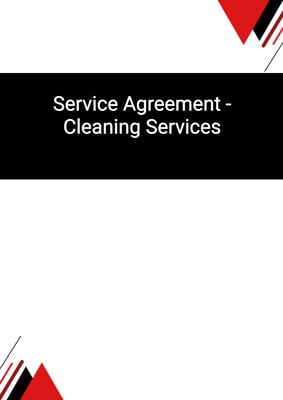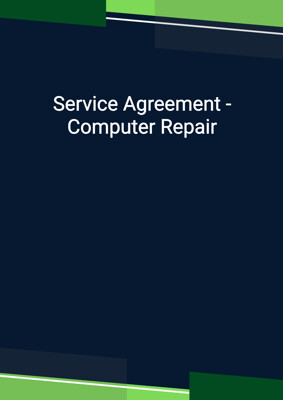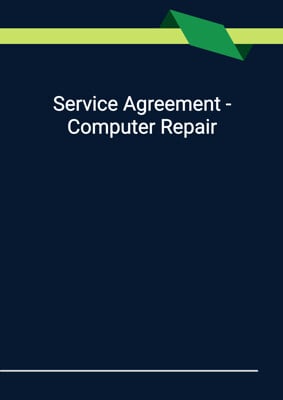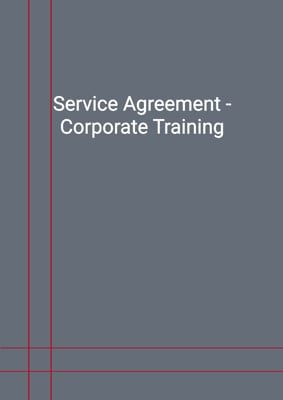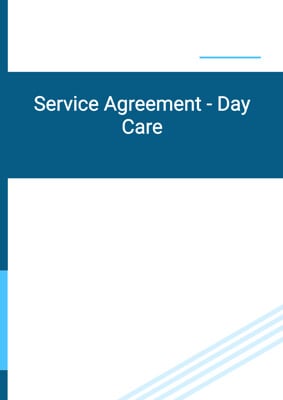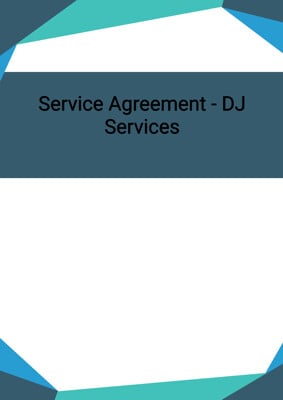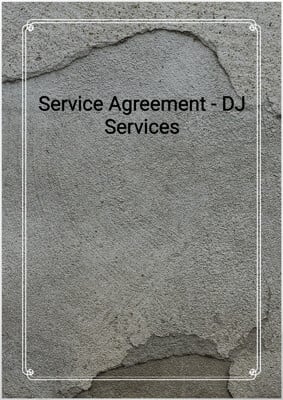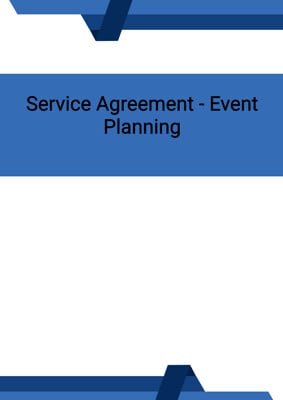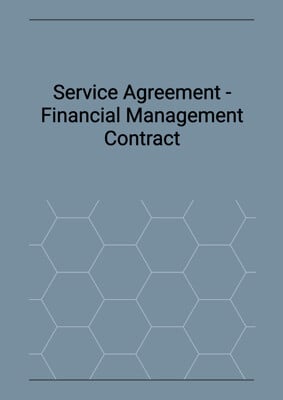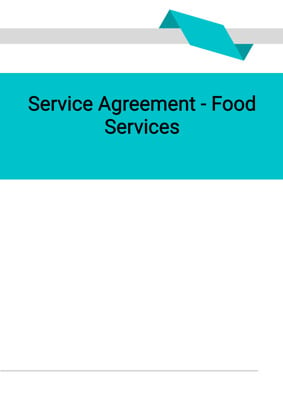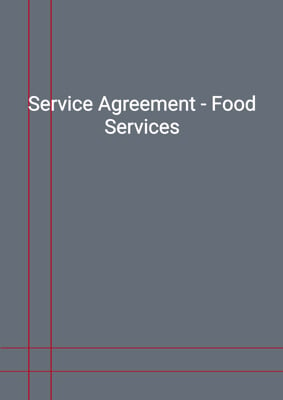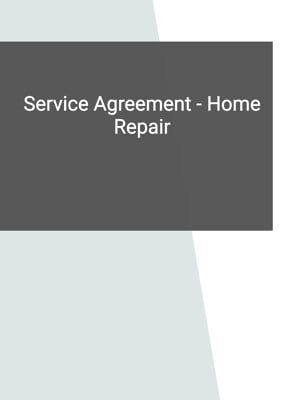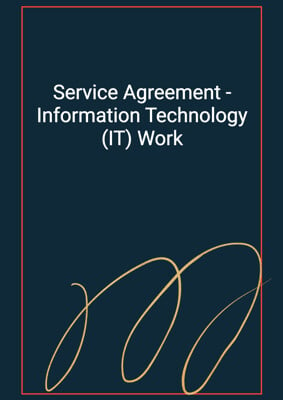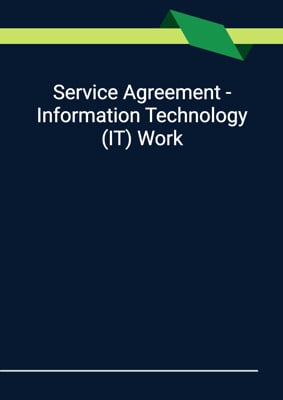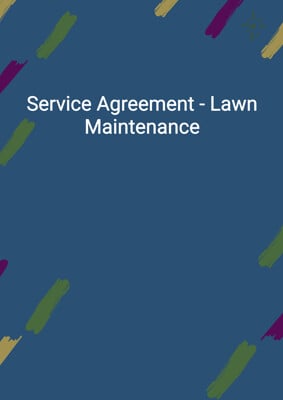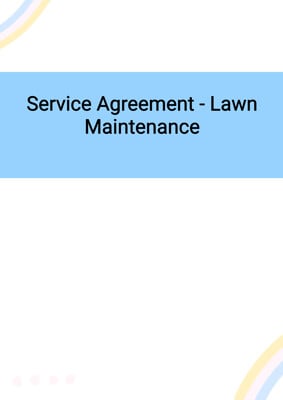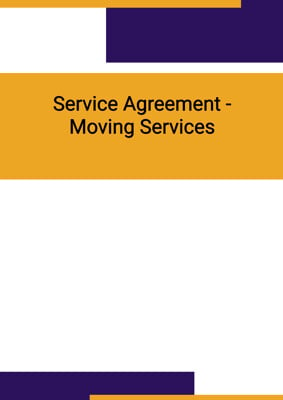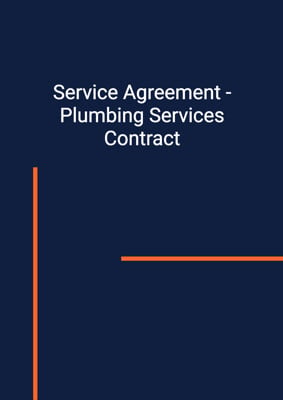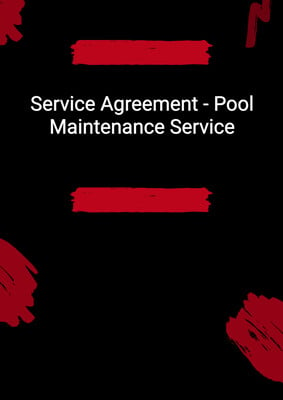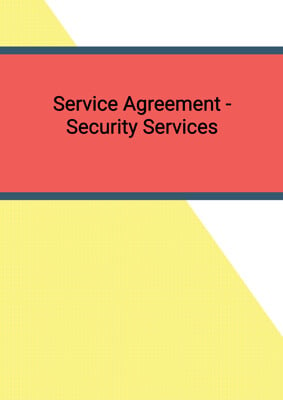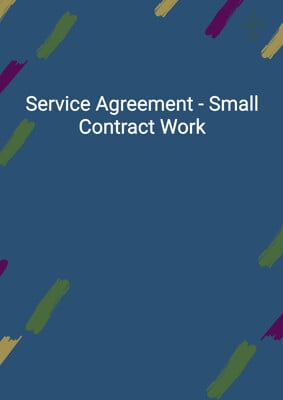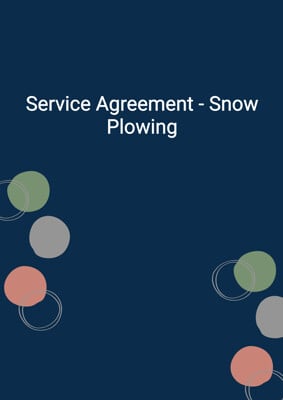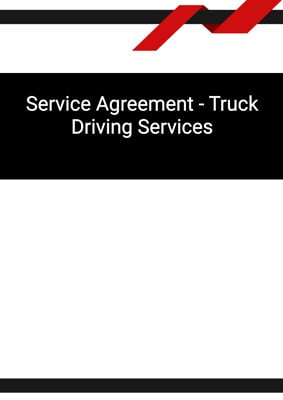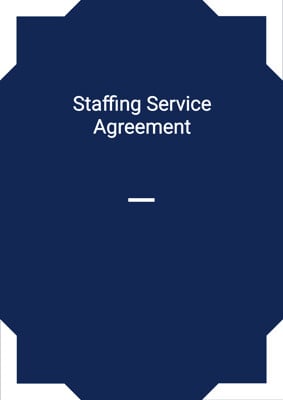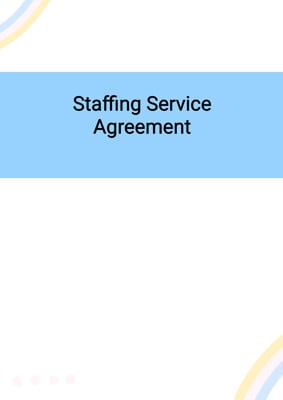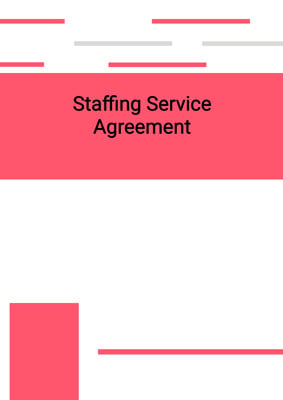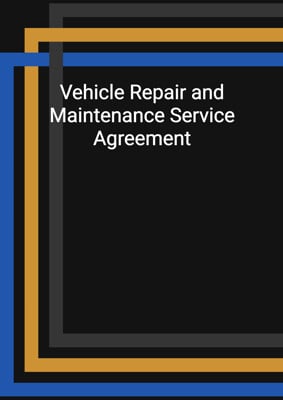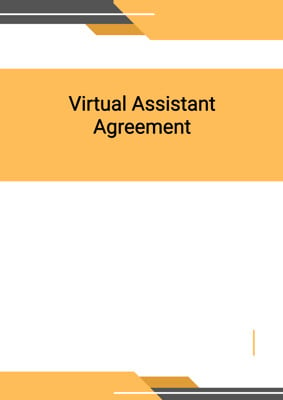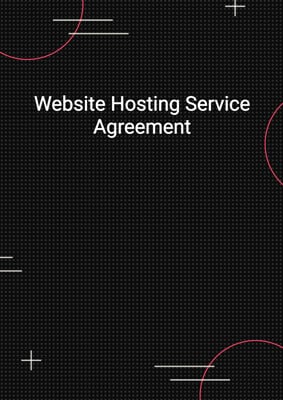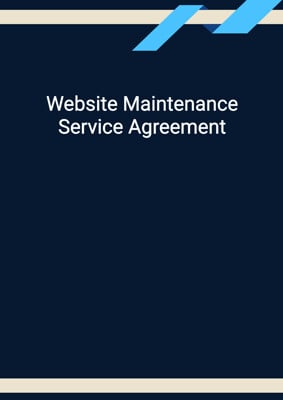How to Tailor the Document for Your Need?
01
Create Document
Fill in the details of the parties. You can click the "Fill with Member’s Information" button to complete it with information saved to your account.
02
Fill Information
Please fill in any additional information by following the step-by-step guide on the left hand side of the preview document and click the "Next" button.
03
Get Document
When you are done, click the "Get Document" button and you can download the document in Word or PDF format.
04
Review Document
Please get all parties to review the document carefully and make any final modifications to ensure that the details are correct before signing the document.
Document Preview
Document Description
The Service Agreement - Snow Plowing is a document that outlines the terms and conditions between the servicer and the customer for the provision of snow plow services. This agreement is important as it establishes the rights and obligations of both parties, ensuring clarity and preventing any misunderstandings.
The entire document is divided into several sections, each addressing different aspects of the agreement. The first section, titled 'Interpretation,' provides definitions for key terms used throughout the agreement. This ensures that both parties have a clear understanding of the terminology used.
The second section, 'Servicer's Obligations,' outlines the responsibilities of the servicer. It specifies that the servicer will use its professional knowledge and skills to provide the snow plow services based on weather conditions at the customer's property. The section also emphasizes the importance of timely performance and compliance with laws and regulations.
The third section, 'Completion of the Work,' highlights the importance of completing the services by the agreed-upon completion date. It states that time is of the essence and allows for an extension of the completion date if justified. It also mentions the customer's entitlement to liquidated damages if the services are not completed on time.
The fourth section, 'Service Fees,' addresses the payment terms for the services. It specifies the service fee, invoicing schedule, and late payment charges. It also mentions the servicer's responsibility to keep records of expenses and obtain written consent for any expenses exceeding a certain limit.
The fifth section, 'Staff,' explains that the servicer will assign a team of employees to perform the services and reserves the right to substitute employees if necessary.
The sixth section, 'Permits and Permissions,' states that the servicer is responsible for obtaining all necessary licenses and permits to provide the services.
The seventh section, 'Background Check,' affirms that the servicer has conducted comprehensive background checks on its employees to ensure they have no criminal history or are listed on any sex-offender registry.
The eighth section, 'Release,' grants the servicer the right to use photographs of the customer's property for various purposes and releases the servicer from any liabilities arising from the use of such photographs.
The ninth section, 'License and Insurance,' requires the servicer to obtain the necessary licenses and maintain appropriate insurance coverage.
The tenth section, 'Warranties and Indemnities,' outlines the obligations of both parties regarding reporting and rectifying any delays, problems, or complaints related to the services. It also clarifies that the customer's rights and benefits can only be enforced through this agreement.
The eleventh section, 'Term and Termination,' specifies the duration of the agreement and the conditions for termination by either party. It also addresses the consequences of termination, including the return of materials and any outstanding balances.
The twelfth section, 'Ownership of Materials,' states that materials and goods provided for the services become the property of the customer, while any intellectual property developed under the agreement belongs to the customer.
The thirteenth section, 'Confidential Information,' imposes obligations on the parties to keep the terms of the agreement and any confidential information confidential, with certain exceptions.
The fourteenth section, 'Announcements/Publicity,' requires the parties to obtain approval before making any announcements or disclosures related to the agreement.
The fifteenth section, 'Amendment,' specifies that any changes to the agreement must be in writing and signed by the parties.
The sixteenth section, 'Assignment,' prohibits the parties from assigning the agreement without the other party's written consent.
The seventeenth section, 'Severability,' states that if any provision of the agreement is deemed illegal or unenforceable, it will be removed, but the remaining provisions will remain in effect.
The eighteenth section, 'Further Assurance,' requires the parties to perform any additional acts or execute documents necessary to implement the agreement.
The nineteenth section, 'Warranty of Capacity and Power,' includes representations and warranties from each party regarding their authority and capacity to enter into and perform the agreement.
The twentieth section, 'Force Majeure,' relieves the parties from liability for failure or delay in performing their obligations due to circumstances beyond their control.
The twenty-first section, 'No Rights under Contracts for Third Parties,' clarifies that only the parties to the agreement have the right to enforce its terms.
The twenty-second section, 'Arbitration and Proper Law,' encourages the parties to resolve disputes amicably and specifies the applicable jurisdiction.
The twenty-third section, 'Notices and Service,' provides instructions for serving notices between the parties.
The twenty-fourth section, 'Counterparts,' allows the agreement to be executed in multiple counterparts, with each counterpart considered an original document.
Overall, this Service Agreement - Snow Plowing covers all essential aspects of the relationship between the servicer and the customer, ensuring clarity, protection, and mutual understanding.
How to use this document?
To use the Service Agreement - Snow Plowing effectively, follow these steps:
1. Understand the agreement: Familiarize yourself with the entire agreement, including the definitions and sections addressing the servicer's obligations, completion of the work, service fees, staff, permits and permissions, background check, release, license and insurance, warranties and indemnities, term and termination, ownership of materials, confidential information, announcements/publicity, amendment, assignment, severability, further assurance, warranty of capacity and power, force majeure, no rights under contracts for third parties, arbitration and proper law, notices and service, and counterparts.
2. Customize the agreement: Review the agreement and make any necessary modifications to suit the specific requirements of the servicer and the customer. Ensure that all details, such as names, addresses, and pricing, are accurately reflected.
3. Seek legal advice if needed: If you have any doubts or concerns about the agreement, consult with a legal professional to ensure compliance with applicable laws and regulations.
4. Communicate expectations: Clearly communicate the expectations and requirements to both the servicer and the customer. Discuss the scope of work, completion dates, payment terms, and any other relevant details.
5. Keep records: Maintain accurate records of all services provided, expenses incurred, and invoices issued. This will help in resolving any disputes or discrepancies that may arise.
6. Monitor performance: Regularly monitor the servicer's performance to ensure compliance with the agreement. Address any issues or concerns promptly to avoid potential conflicts.
7. Termination and renewal: Be aware of the termination provisions and renewal options outlined in the agreement. Follow the specified notice periods and procedures if either party wishes to terminate or renew the agreement.
8. Review and update: Periodically review the agreement to ensure its continued relevance and effectiveness. Update any outdated information or clauses as necessary.
By following these steps, you can effectively use the Service Agreement - Snow Plowing to establish a clear and mutually beneficial relationship between the servicer and the customer.
Not the right document?
Don’t worry, we have thousands of documents for you to choose from:
